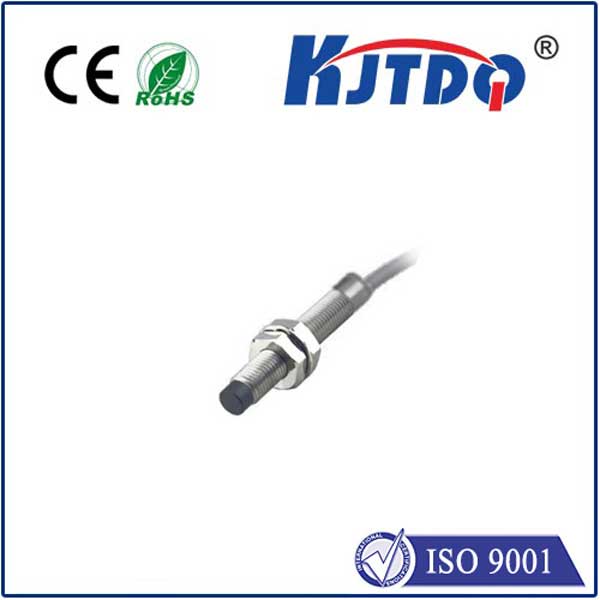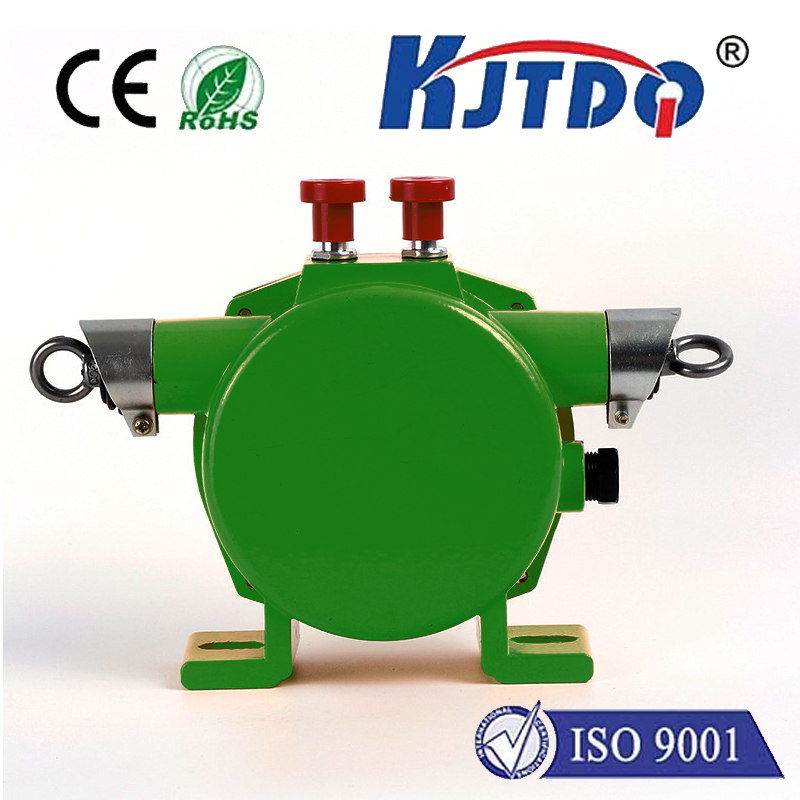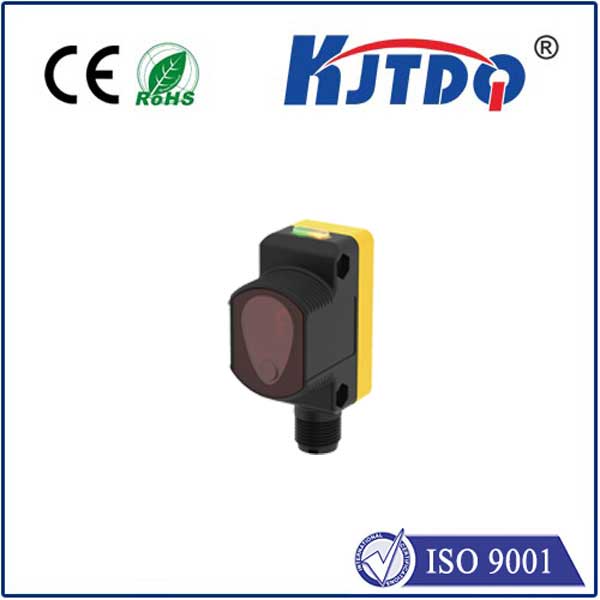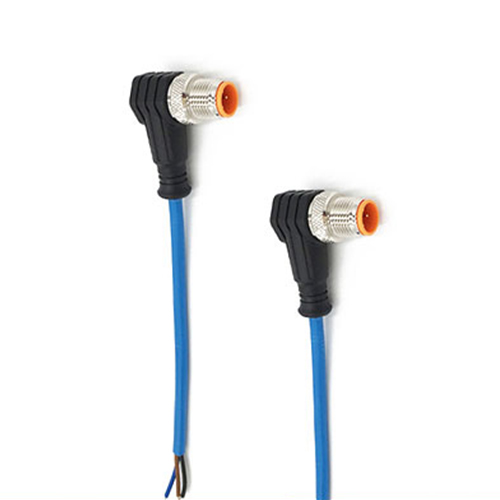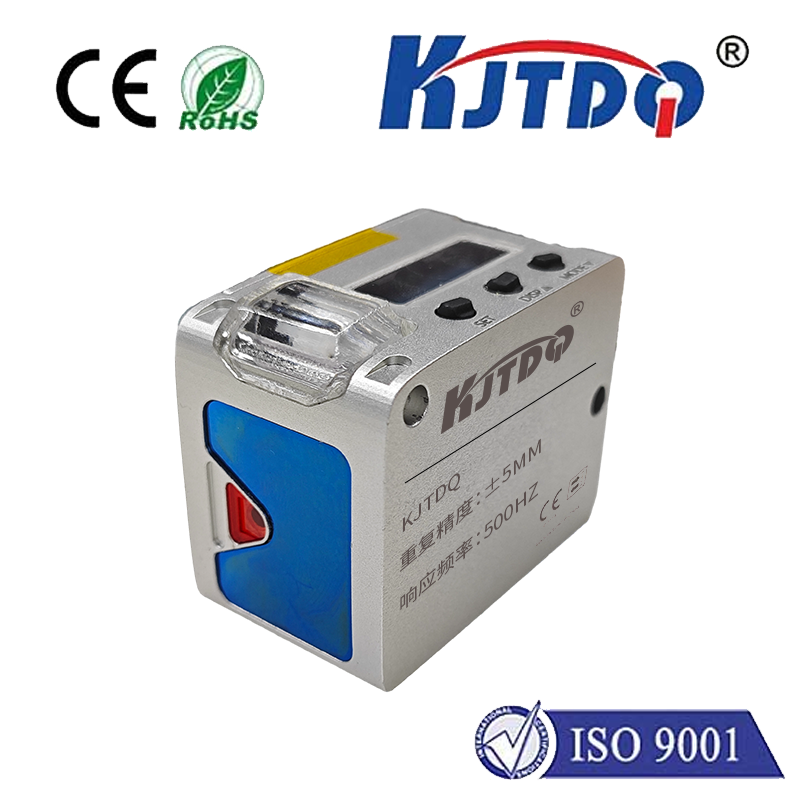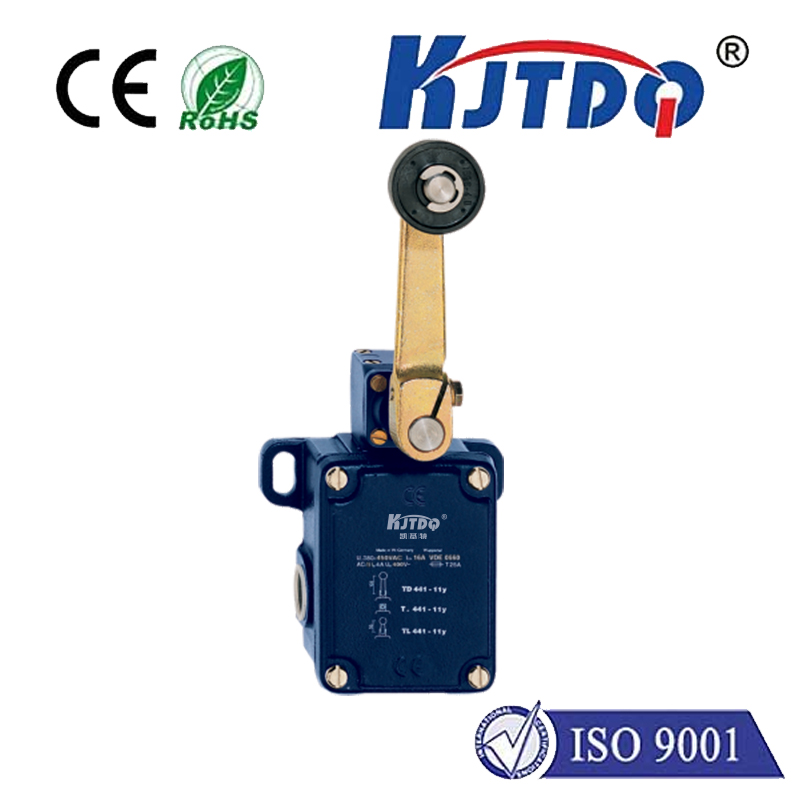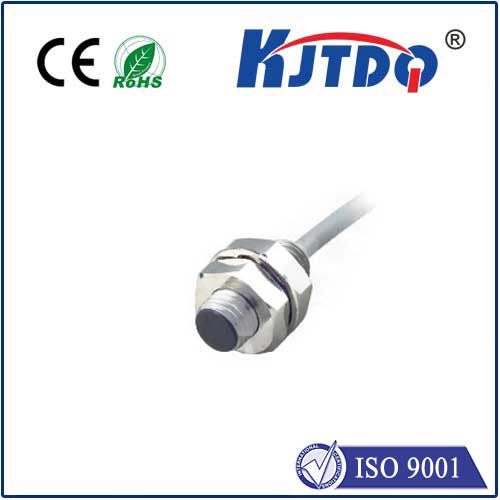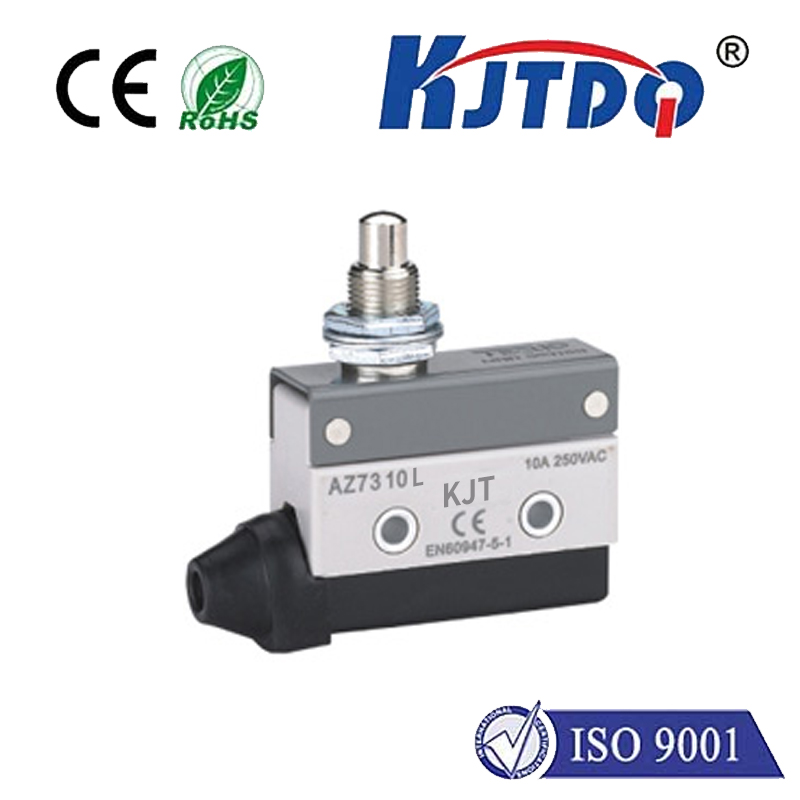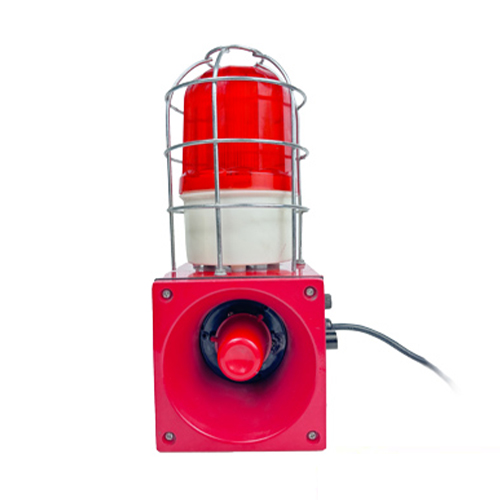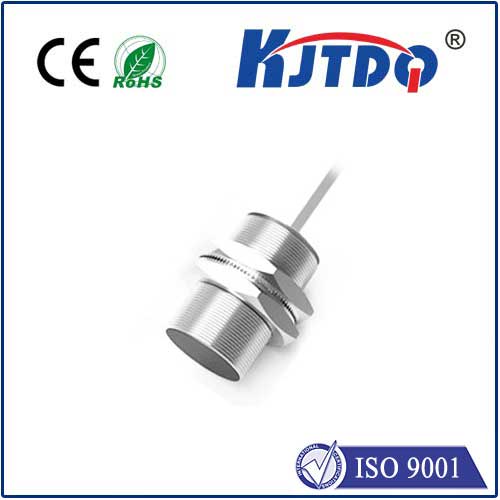

check

check

check

check

check

check

check

check

check

check
Title: Seeing the Light: How Photoelectric Eye Sensors Power Precision Automation
Imagine an assembly line humming with robotic arms, precisely placing components at blistering speeds, yet never colliding. Visualize elevator doors closing seamlessly only when the path is clear, or packaging lines counting thousands of items per minute without a single error. Behind these feats of efficiency and safety often lies an unassuming, yet critical component: the photoelectric eye sensor. Far more than a simple “electric eye,” this technology is a cornerstone of industrial automation, enabling machines to see, detect, count, and control with remarkable speed and reliability. By harnessing the fundamental properties of light, these sensors operate silently, contactlessly, and with incredible precision, becoming the indispensable invisible guardians of countless processes.
The Core Principle: Light as the Messenger
At its essence, a photoelectric sensor operates on a beautifully simple principle: it uses light to detect the presence, absence, or distance of an object. The fundamental components are the emitter and the receiver:
The sensor’s logic unit constantly monitors the state of this received light signal. When an object interrupts or alters this beam, it triggers a change in the receiver’s output signal (switching it ON or OFF), which can then be used by a controller or machine to perform an action.
The Three Modes of Operation: Choosing the Right Tool

Photoelectric sensors aren’t one-size-fits-all. They excel in different scenarios based on their configuration:
Through-Beam (Opposed Mode): This is the heavyweight champion in terms of detection range and reliability. Here, the emitter and receiver are housed in separate units, facing each other directly. The receiver continuously monitors the light beam projected by the emitter. Any object breaking this beam causes an immediate loss of signal at the receiver, triggering detection. Advantages: Longest ranges, highest reliability, performs well with transparent or shiny objects that reflect light poorly. Disadvantages: Requires wiring and precise alignment of two separate units, making installation slightly more complex.
Retroreflective Mode: This design combines emitter and receiver into a single housing. The emitted light beam is directed towards a specialized reflector (often a corner-cube or prismatic type). This reflector bounces the beam directly back to the receiver within the sensor body. Detection occurs when an object blocks the beam preventing it from reaching the reflector and returning. Advantages: Simpler installation requiring wiring only one unit, good range performance. Disadvantages: Objects that are highly reflective or shiny could potentially bounce enough light back to the receiver, causing false negatives (failure to detect). Using a polarizing filter in the sensor can mitigate this for certain shiny objects.
Diffuse Mode (Proximity Mode): This is the most compact and easiest to install. Emitter and receiver are again in a single housing, but there is no reflector. Instead, the sensor relies on detecting diffused reflection off the surface of the target object itself. The emitted light hits the object, scatters in all directions, and a small portion bounces back to the receiver. Detection occurs when the intensity of this reflected light exceeds a preset threshold. Advantages: Very easy to install as only the sensor unit needs mounting. Ideal for detecting objects without needing precise positioning relative to a reflector or separate receiver. Disadvantages: Generally shorter sensing range than through-beam or retroreflective modes. Performance is highly dependent on the object’s color, surface texture (light vs. dark, matte vs. glossy), and background conditions. Dark, non-reflective objects are harder to detect.
Ubiquitous Applications: Where the “Eyes” See Everything
The versatility of photoelectric sensors makes them pervasive across numerous sectors:
Why Light? The Compelling Advantages
Photoelectric sensors hold significant advantages over other sensing technologies like mechanical limit switches or ultrasonic sensors:
Beyond the Basics: Advanced Capabilities
Modern photoelectric sensors often incorporate sophisticated features:
The Unseen Engine of Efficiency
From the moment a package enters a distribution center to the final quality check on a car assembly line, photoelectric eye sensors are quietly at work, ensuring precise object detection, maintaining smooth operation, and enforcing critical safety protocols. Their ability to leverage light – the fastest messenger we have – makes them uniquely suited for the demands of modern, high-speed automation. By providing reliable, contactless, and versatile sensing, these “electric eyes” are far more than simple switches; they are fundamental components enabling the speed, safety, and sophistication of the automated world around us.
